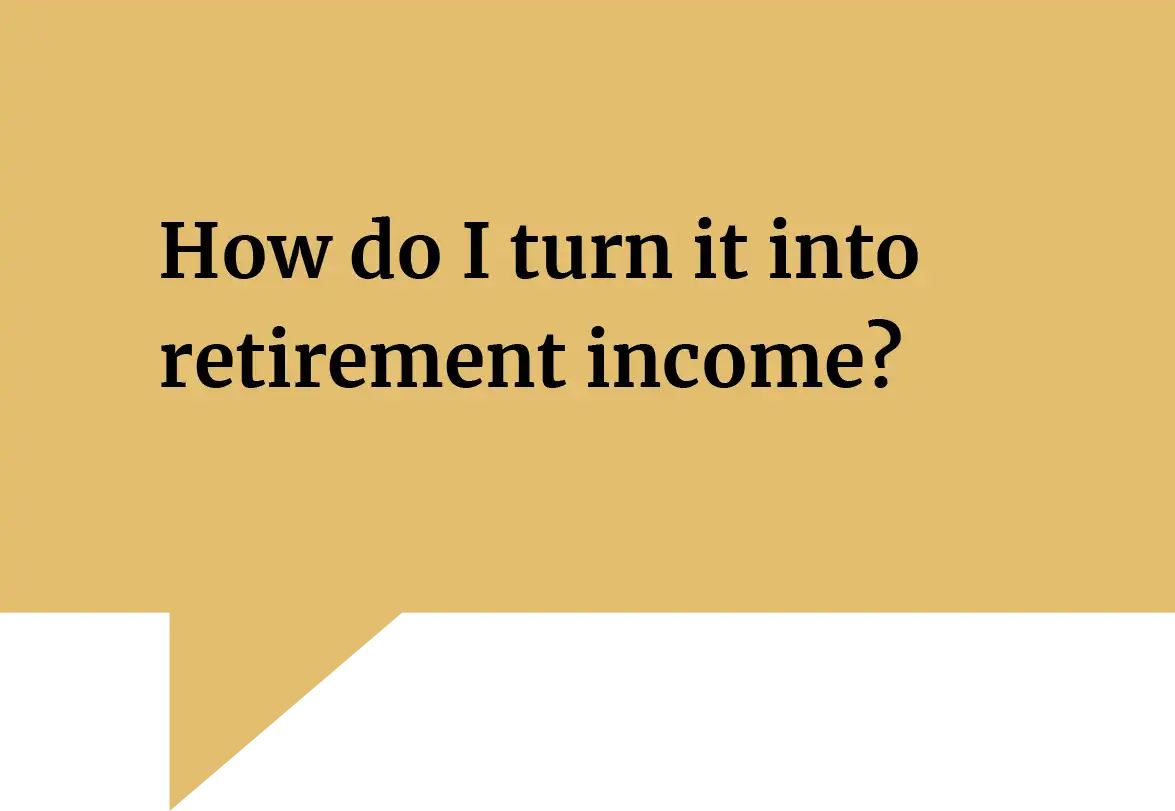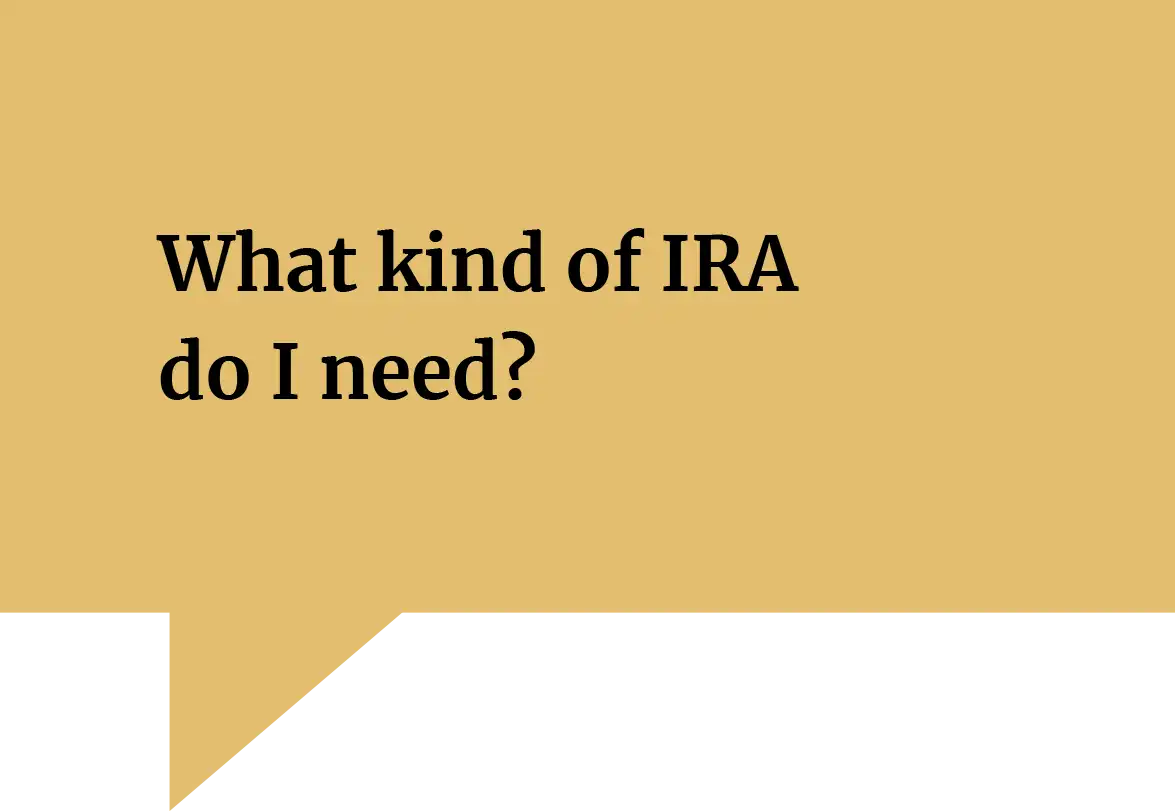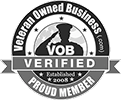Why Your 401(k) Deserves Your Attention
When you leave a job, it can be tempting to leave your old 401(k) account where it is. But doing nothing might not be the best choice for your financial future. It could lead to:
- Paying unnecessary fees
- Missing out on better investment opportunities
- Losing track of your retirement savings
- If employer goes out of business, your 401(k) could be stuck in litigation.
Moving your old plan gives you maximum control over your money, including advanced ways to optimize your taxes. But this may leave you with some questions.



Be Careful About Cashing Out.
Before you rush to take the money and buy your dream house, consider the following repercussions as they are serious and permanent.
You will pay ordinary income on any withdrawal you take. Let’s give you an example, if you earn $50,000 per year in income, and you withdraw $100,000 from your company retirement plan, you will need to report to the IRS, you made $150,000 that year. Imagine what that will do to your tax bill.
Because of that, your old employer will generally withhold 20% right off the top to pay Uncle Sam.
$50,000
Income per year
+
$100,000
Retirement plan withdrawal
=
$150,000
What you will need to report to IRS
FAQ’s
Rollovers typically take 2–4 weeks to complete, depending on your old employer’s plan
Your contributions to your retirement savings are ultimately yours, but there are situations where the rollover can be delayed. Employers have the power to freeze your 401(k) due to pending litigations, mergers, or changes in administrators. This legally requires them to provide a 30-day notice prior so you can make necessary arrangements, but be aware that during this time no contributions will be allowed and withdrawals may not either.
There’s also another wrinkle to consider: You may not get the employer-contributed funds when your old plan involves a vesting schedule. This means you must work with your employer for a certain amount of time before any contributions become completely owned by you. With 0% vested status, only the money that has come directly from yourself can be withdrawn; at 100%, all of the cash in your 401(k), including interest or further additions made by your company are fully accessible. If your employment ends earlier than stipulated within the vesting schedule, some or all the employer contributions may not belong to you.
The short answer is no. A 401(k) plan is not required to accept rollover contributions. Your new employer may also limit the types of plans from which rollovers are accepted: i.e., 401(k) plans, 403(b) plans, 457 plans, or IRAs.
It depends on how and where you decide to roll over the money. That’s why it’s a great idea to review your situation with a financial advisor before taking action. Here are the key types of rollovers from a 401(k):
Direct rollovers. A direct 401(k) rollover gives you the option to transfer funds from your old plan directly into your new employer’s 401(k) plan without incurring taxes or penalties.
Indirect rollovers. You receive the funds from your previous employer’s plan in the form of a check and if you don’t deposit the check within 60 days of receiving it and are under the age of 59 ½, you’ll get hit with a 10% early-withdrawal penalty on top of any taxes. A further complication of receiving the distribution yourself is that your ex-employer will be required to withhold 20% of it for taxes. If you then want to deposit your full balance into an IRA, you’ll have to come up with other money to make up for the 20% that’s been withheld.
Rolling over a traditional 401(k) to a traditional IRA. Here the taxes are deferred and you won’t owe anything.
Rolling over from a traditional 401(k) to a Roth IRA. You’ll owe income taxes on the amount you roll over. It is possible to save money in the long run if your current tax rate is lower than what’s anticipated to happen in the future.
The Cost Of Not Taking Action
Leaving retirement savings at multiple employers can create higher investment costs to keep the account in former employer plans. It can also create an inconvenience to maintain and rebalance the old 401(k).
How We Can Help
At Trajan Wealth, we specialize in helping people just like you make informed decisions about their 401(k) rollovers. Our fiduciary advisors work with your best interests in mind, offering personalized guidance every step of the way.
Your Next Steps
Taking control of your 401(k) is easier than you think. Here’s how to get started:
- Schedule a Free Consultation: Our team will review your current 401(k) plan and help identify the best option for your goals.
- Get a Customized Plan: We’ll tailor our recommendations to align with your financial future.
- Take Action: Let us handle the details so you can focus on what matters most.
Leaving your 401(k) untouched could cost you. Take charge of your retirement savings now.





